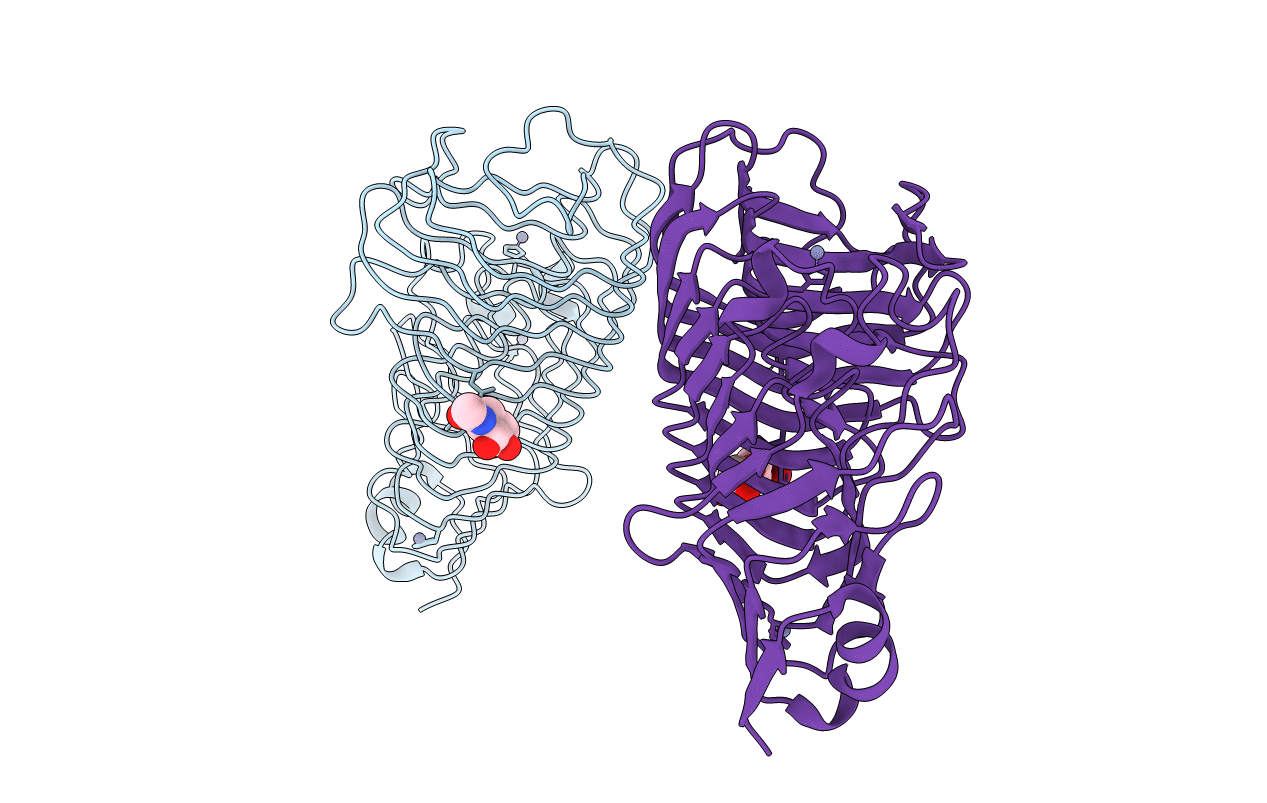
Deposition Date
1999-09-02
Release Date
1999-10-28
Last Version Date
2024-10-30
Method Details:
Experimental Method:
Resolution:
1.68 Å
R-Value Free:
0.19
R-Value Work:
0.16
R-Value Observed:
0.16
Space Group:
P 21 21 2


